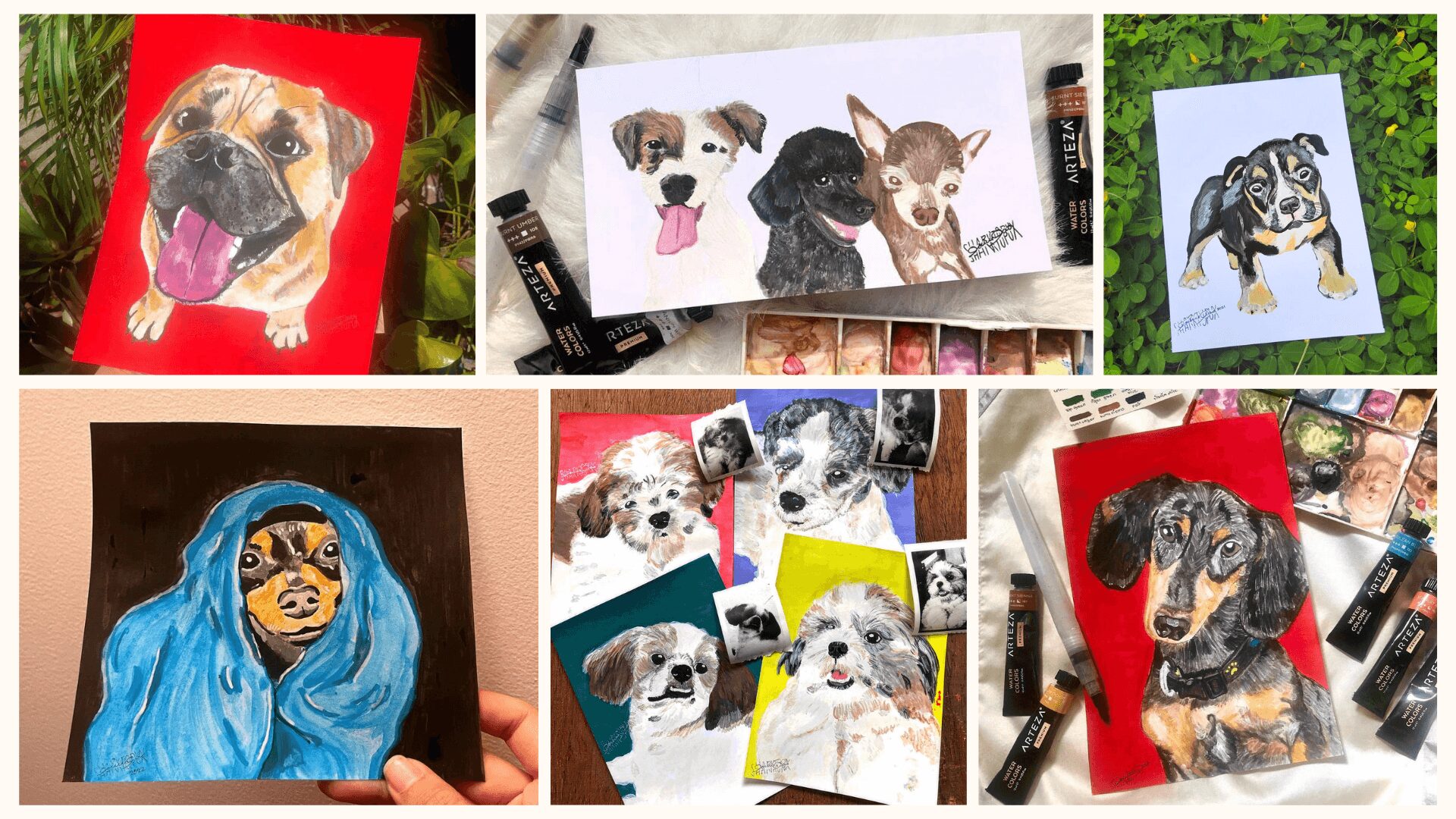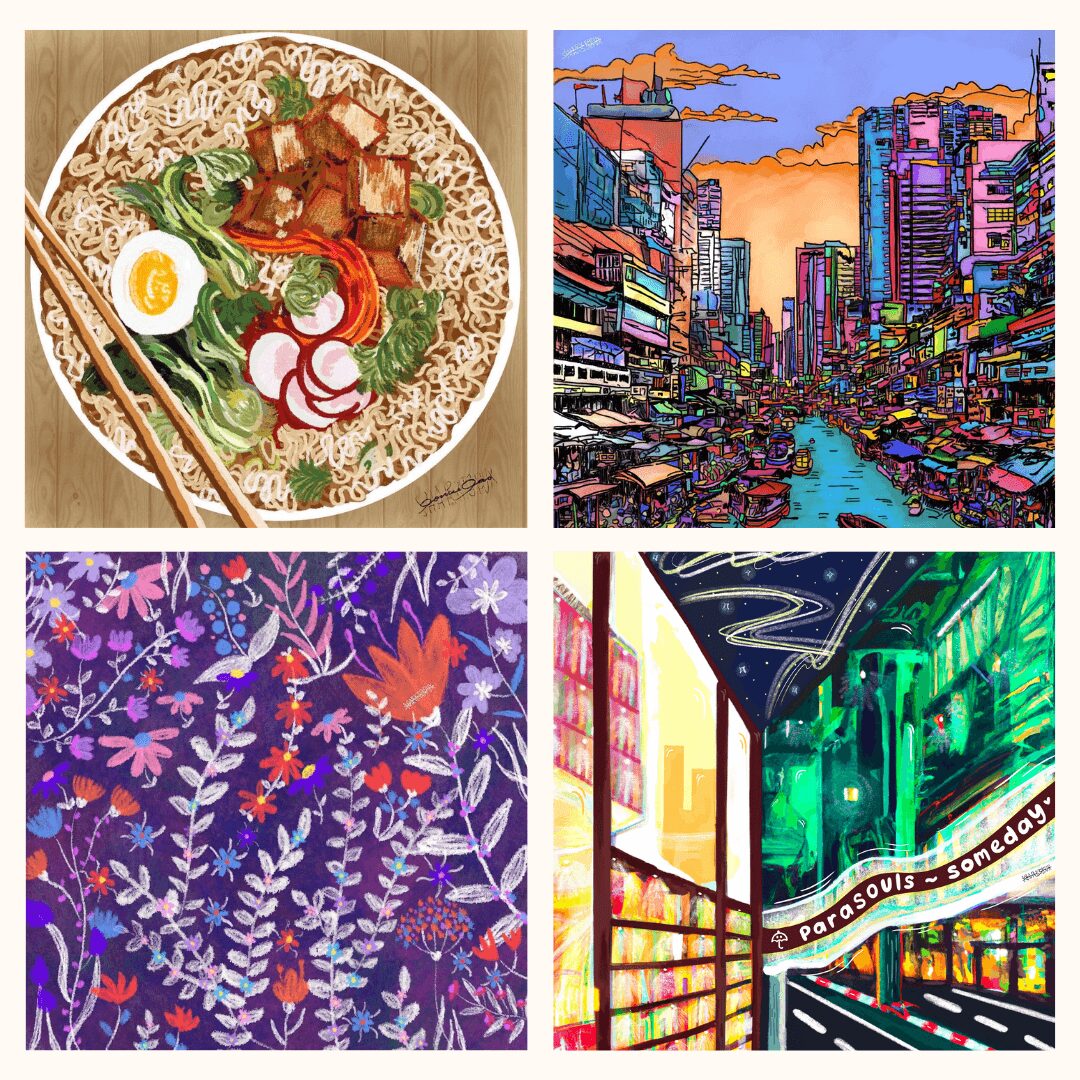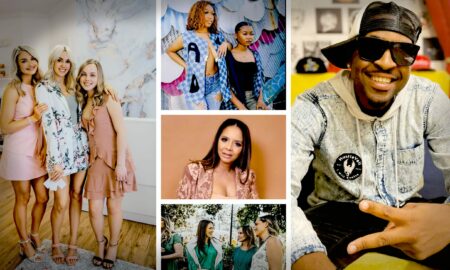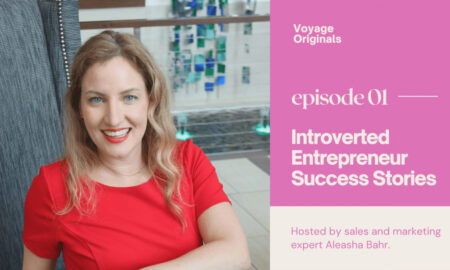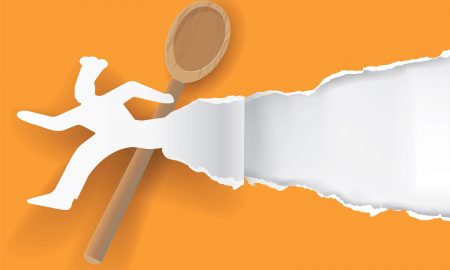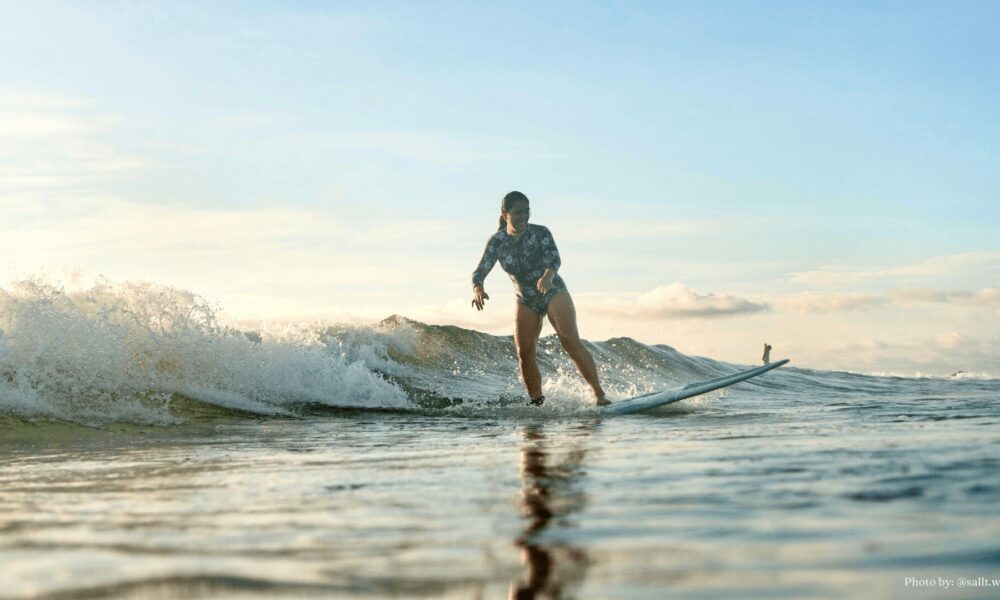

Today we’d like to introduce you to Louise Kendra Isabela Criselda Lao.
Alright, so thank you so much for sharing your story and insight with our readers. To kick things off, can you tell us a bit about how you got started?
I was born and raised in the Philippines, and my journey has taken me through several fields of study and career paths, often making people curious about how it all connects. I started by studying Veterinary Medicine at the University of the Philippines Los Baños. I grew up in a family of veterinarians, and animal welfare has always been a core passion of mine. I loved caring for animals, but as an ocean child with a deep love for the sea and marine life, my interests naturally expanded to larger environmental issues, particularly marine conservation. This connection to the ocean led me to pursue a degree in Environmental Science and Policy at Wilmington University. Back then, I believed that the most impactful way to protect ecosystems was through policy and advocacy.
However, as I worked in that field, I saw firsthand how complex and interconnected environmental challenges really are. I recognized that science alone couldn’t solve these problems—there had to be a better way to influence human behavior and foster collaboration across disciplines. That’s when I turned to design. I decided to pursue an MFA in Design for Sustainability at the Savannah College of Art and Design, which allowed me to blend my passion for the environment with a systems-thinking approach to problem-solving.
Through my design work, I focus on engaging communities, advocating for environmental and animal welfare, and using creativity to inspire positive change. Every step along the way—whether it was veterinary medicine, environmental policy, or design—has been essential to discovering what I’m truly passionate about: using art and design to foster meaningful conversations that drive social and environmental change.
I’m sure it wasn’t obstacle-free, but would you say the journey has been fairly smooth so far?
It hasn’t always been a smooth road, and I think that’s true for anyone navigating multiple career paths. One of the biggest challenges I faced was the expectation—both from others and myself—that I needed to follow a linear career path. When I transitioned from veterinary medicine to environmental science, and later to design, I often encountered skepticism or confusion. People would ask, “Why the switch?” or “How do these fields even connect?”
Another challenge was figuring out how to integrate my passions into a meaningful career. When I first started studying environmental science, I felt a sense of urgency to make an impact, but I quickly realized that policy and science weren’t enough on their own. I needed to learn how to engage people on an emotional level to inspire real change. That’s where design came in. However, making that shift meant learning new skills and adapting to different disciplines, which wasn’t always easy.
Like many creatives, I’ve also faced the struggle of imposter syndrome—wondering if I’m really equipped to bridge these worlds. But those challenges have also been my greatest teachers. Every time I’ve faced doubt, it’s driven me to think more deeply about how I can connect the dots between science, design, and advocacy. Those moments of uncertainty have ultimately shaped the way I approach my work today: with flexibility, collaboration, and a sense of purpose.
Thanks for sharing that. So, maybe next you can tell us a bit more about your work?
My work spans a few different areas—on the art side, I’m most known for my murals and pet portraits. I’m also passionate about illustration. I’ve had the opportunity to contribute to a few children’s books, including Sparky and Benny’s Big Home Mystery, which is about climate change, and Penguins Can Fly, Right?, which focuses on building confidence and self-esteem. Illustrating has become a powerful medium for me to communicate complex environmental issues in a way that’s accessible to a wider audience. Through comic strips and other illustrations, I’m able to break down complicated topics and engage people in meaningful conversations about the environment and sustainability. In addition to traditional forms of art, I love to experiment with making art using food. It’s a playful and creative way for me to bring art into everyday life, turning something as simple as a meal into an artistic expression. For me, It’s all about finding joy in the small things and making art a part of everyday experiences.
On the design side, I specialize in graphic and interpretive design, particularly in how I approach research and data visualization. One thing that truly sets me apart is how I creatively engage and empower stakeholders through a transition design lens. I’m passionate about ensuring that the needs and aspirations of everyone involved are reflected throughout the design process. For example, my recent thesis on sustainable ecotourism focused on Donsol’s whale shark ecotourism program in the Philippines. The project was all about finding innovative ways to gather data from across the globe. I developed a peer researcher toolkit to train locals in data collection, conducted co-creation workshops through virtual reality and other online platforms, and carried out multiple rounds of user testing. This approach allowed me to engage stakeholders meaningfully and ensure that the solutions we developed were grounded in the community’s real needs and desires.
Interestingly, imposter syndrome has been one of my biggest personal hurdles, especially because I’m self-taught in art. I didn’t have formal art training growing up, so when I entered design school, I often felt like I wasn’t “good enough,” especially compared to classmates who had a background in creative fields. I’d constantly question my skills and feel like I had to prove myself. But over time, I realized that everyone’s path is different, and what matters is how you use your unique experiences to shape your work. I gained confidence by focusing on my strengths—like my ability to connect scientific data with creative design solutions—and by trusting that my work can speak for itself.
We’d be interested to hear your thoughts on luck and what role, if any, you feel it’s played for you?
Luck has definitely played a role in my life, both good and bad, but I think it’s more about how you respond to those moments. There have been instances of good fortune that helped me grow, like winning the Indigo Design Awards, which validated my work and gave me the confidence to keep pushing forward. Another lucky moment was being mentored by professors whose expertise perfectly aligned with my thesis on sustainable ecotourism. Those kinds of connections are things you can’t plan for, but they’ve had a huge impact on my career.
Of course, bad luck has also played its part, and my international friends and colleagues will understand how common and challenging that can be. As an international student, there were big obstacles like navigating visas, adapting to a new culture, and building a network from scratch and relatively smaller (but just as frustrating) obstacles like figuring out a self-check-out machine or learning which coin is which. Somehow, everything is a bit more complex, from job applications to learning how to “belong” in a new space. But those struggles taught me resilience. Bad luck manifesting as delays in email responses and other related mishaps often force you to get creative, and for me, it’s been an important part of figuring out how to stay adaptable and find new ways forward.
I like to joke that maybe my Chinese heritage and Feng Shui have had something to do with good luck in my life. But at the end of the day, I try to approach both good and bad luck as opportunities. Whether it’s a door opening or closing, every experience shapes me and my work in ways that continue to surprise me.
Contact Info:
- Website: https://sharklao.myportfolio.com/
- Instagram: https://www.instagram.com/louisekicclao/
- Linkedin: https://www.linkedin.com/in/louise-lao-4a48b1205/
- Twitter: https://x.com/sharktopux
